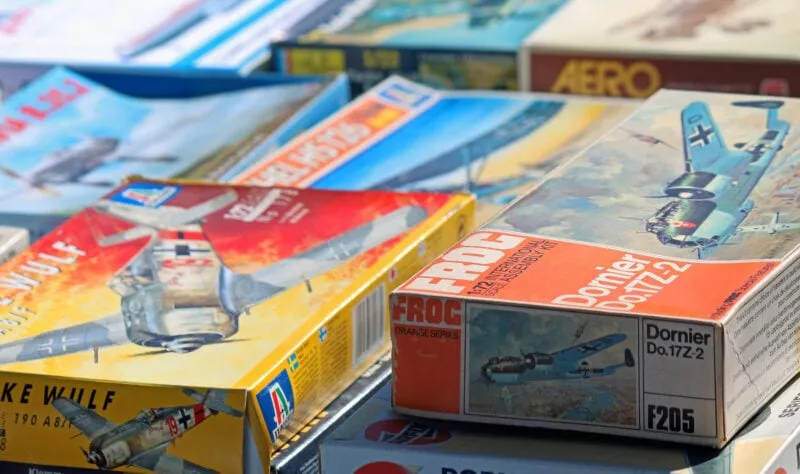What are Diecast Model Sizes
Diecast model sizes are crucial for collectors and enthusiasts, representing the proportional reduction of a real-life vehicle into a miniature form. These models, crafted from diecast metal and other materials, offer a detailed and tangible representation of cars, trucks, and other vehicles. Understanding the different scales is fundamental to appreciating the variety and precision of these miniature replicas. Selecting the right size impacts not only the visual appeal but also the available display space and overall collecting experience. Diecast model sizes are indicated as ratios, such as 1 18 or 1 43, which signify how many times smaller the model is compared to the original vehicle. The choice of scale significantly affects the level of detail, pricing, and availability of models, making it a central factor for collectors and hobbyists.
Common Scales Explained
The world of diecast models features a range of scales, each with its own popularity and appeal. These scales dictate the size and dimensions of the model, influencing the detail and presentation. Some of the most commonly encountered scales provide a broad selection for collectors and represent a diverse range of vehicles. Understanding these scales allows collectors to build coherent and visually appealing collections.
1 18 Scale
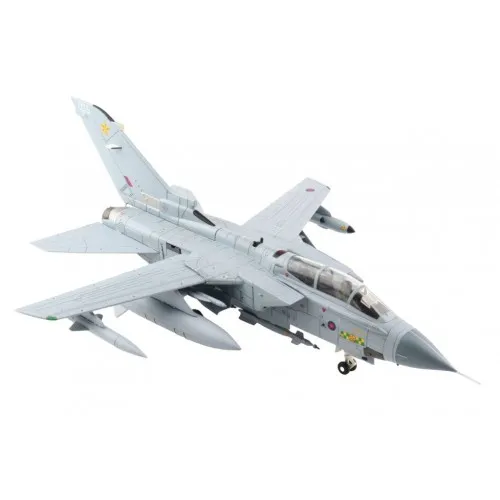
1 18 scale models are among the most popular, offering a good balance between detail and size. These models provide a substantial presence, allowing for intricate detailing, including opening doors, hoods, and trunks, as well as detailed interiors. The larger size allows for a better view of the model, enhancing the collector’s experience. This scale is a great choice for those who appreciate a high level of detail and have the space to display larger models. Many collectors start with 1 18 scale models, which are widely available and often feature a high level of craftsmanship. The larger size also makes them visually striking, perfect for showcasing individual models in display cases or on shelves.
1 24 Scale
1 24 scale models offer a slightly smaller alternative to 1 18 scale, while still maintaining a good level of detail. These models are generally more affordable and can be an excellent choice for collectors with limited space. While the level of detail may be slightly reduced compared to 1 18 scale, they still offer a satisfying collecting experience with detailed interiors and exterior features. They are well-suited for displaying a larger variety of models in a smaller area. The 1 24 scale is popular for its balance of detail, size, and price, and many manufacturers produce a vast array of vehicles in this scale, catering to diverse collecting interests.
1 43 Scale
1 43 scale models are smaller and more compact, making them ideal for collectors with limited space. These models are often more affordable than larger scales, which makes them an excellent choice for those starting a collection or looking to build a large collection. They provide a good balance of detail and affordability. The 1 43 scale is perfect for creating extensive and varied collections because of the available variety and the ease of display. It also allows for the collection of models from different manufacturers and eras without requiring a lot of display space. These models are often displayed on shelves or in cabinets, showcasing numerous vehicles at once.
Why Scale Matters
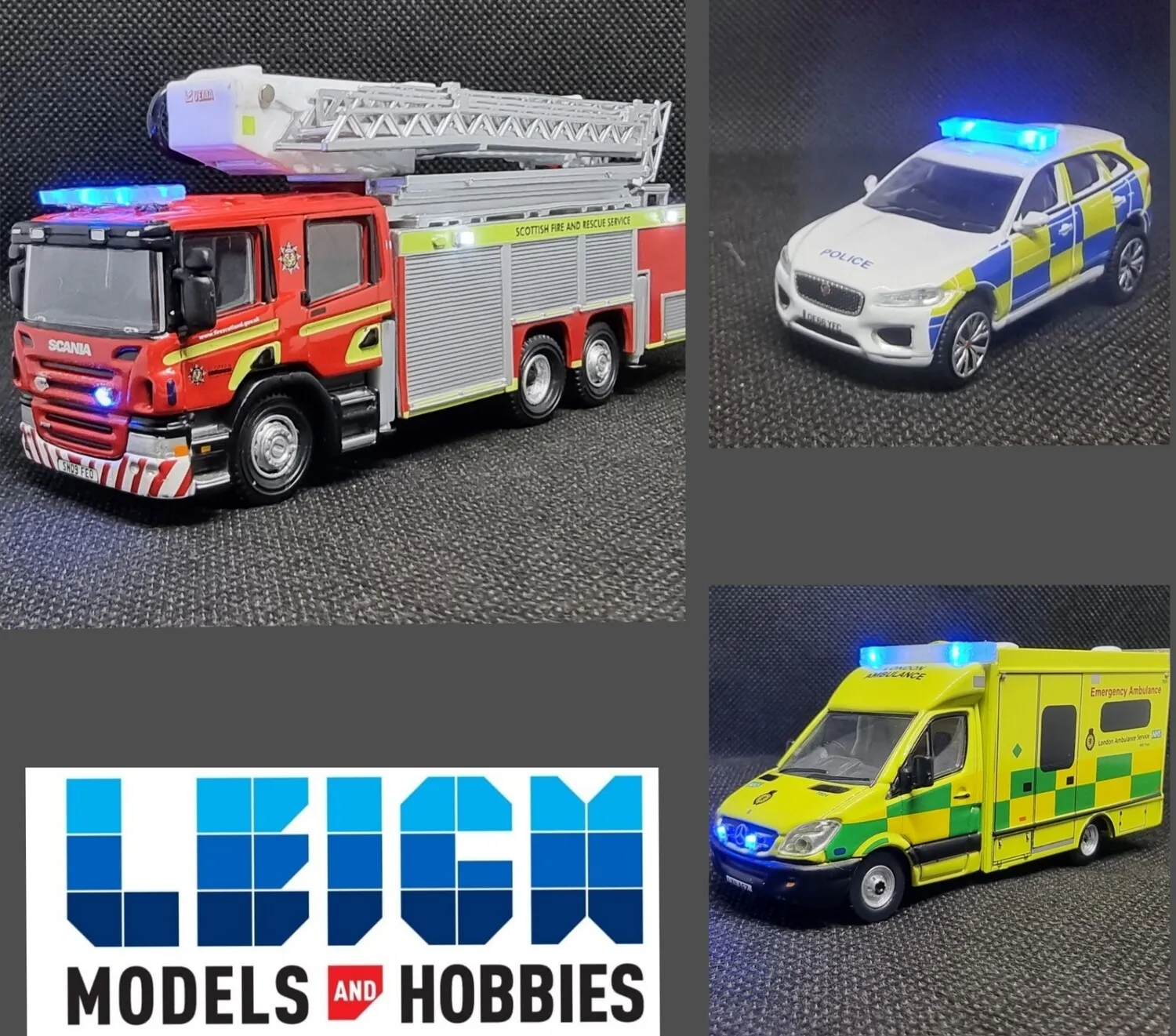
Scale is a fundamental consideration for diecast model collectors, impacting numerous aspects of the hobby. It affects the level of detail achievable, the space required for display, and the overall cost. Understanding the importance of scale helps collectors make informed decisions and ensures a satisfying collecting experience. Each scale has advantages and disadvantages. Smaller scales may offer affordability and space-saving benefits, while larger scales typically feature enhanced detail and presence. The choice of scale often depends on individual preferences, available space, and collecting goals. For many collectors, choosing a specific scale or a combination of scales is a key element of their collecting strategy.
Factors Influencing Model Size
Several factors influence the size of diecast models. These factors dictate the final dimensions and detail of the miniature vehicles. Understanding these elements helps collectors appreciate the complexity and craftsmanship of diecast models. Different factors that impact the design, size, and final appearance of the models should be considered to allow collectors to choose wisely and align their choices with their preferences and goals.
Model Type and Detail
The type of vehicle and the level of detail significantly impact the size of a diecast model. Complex models, such as those with intricate features or detailed interiors, tend to be larger to accommodate all the elements. Limited edition and high-end models will often have a larger scale to permit the inclusion of fine details. Conversely, simpler models or those with fewer features can be smaller. The level of detail is closely tied to scale. Higher scales enable designers to incorporate more intricate features, such as opening doors, detailed engines, and accurate interiors. The model type, whether a classic car, a modern sports car, or a commercial vehicle, will also influence the ideal scale. Collectors who appreciate meticulous detail and specific features usually choose larger scales.
The Manufacturer’s Impact
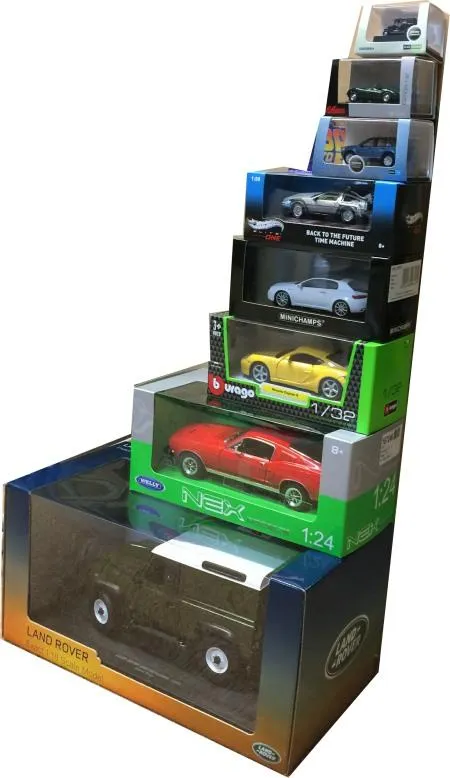
Manufacturers also influence the dimensions of diecast models. Different manufacturers may have slightly different interpretations of scale, which leads to variations in size and detailing. The manufacturer’s skill in producing detailed and accurate models affects the final size and quality. Some manufacturers specialize in certain scales, producing models with specific features or levels of detail, impacting the scale choices. The manufacturer’s reputation for quality and attention to detail can also sway the choice of scale. Collectors often prefer brands with proven track records for accuracy and craftsmanship. The availability of models from specific manufacturers in certain scales is also a critical consideration for collectors, as they seek brands that align with their preferences.
Available Space and Display
The amount of space available for display is a practical factor in determining the scale of diecast models. Larger scales require more space. Collectors with limited shelf space will typically opt for smaller scales such as 1 43. Those with more available space may choose larger scales, such as 1 18. Displaying models strategically, considering available space, enhances the visual appeal of the collection. The choice of display method, such as cabinets, shelves, or custom-built displays, further impacts scale selection. Creating a visually appealing display often includes a combination of scales to add interest and dimension. Planning and measuring available space allows collectors to make informed decisions about scale.
Top 5 Benefits of Collecting Diecast Models
Collecting diecast models offers many benefits, making it a rewarding hobby for enthusiasts. It provides an opportunity to appreciate detail, build a collection, and invest in a passion that can provide enjoyment for years. From enhancing appreciation for craftsmanship to providing a platform for socializing with other collectors, diecast model collecting offers various positive aspects. These miniature vehicles not only offer visual appeal but also open doors to a world of knowledge, community, and enjoyment.
Appreciating the Detail and Craftsmanship
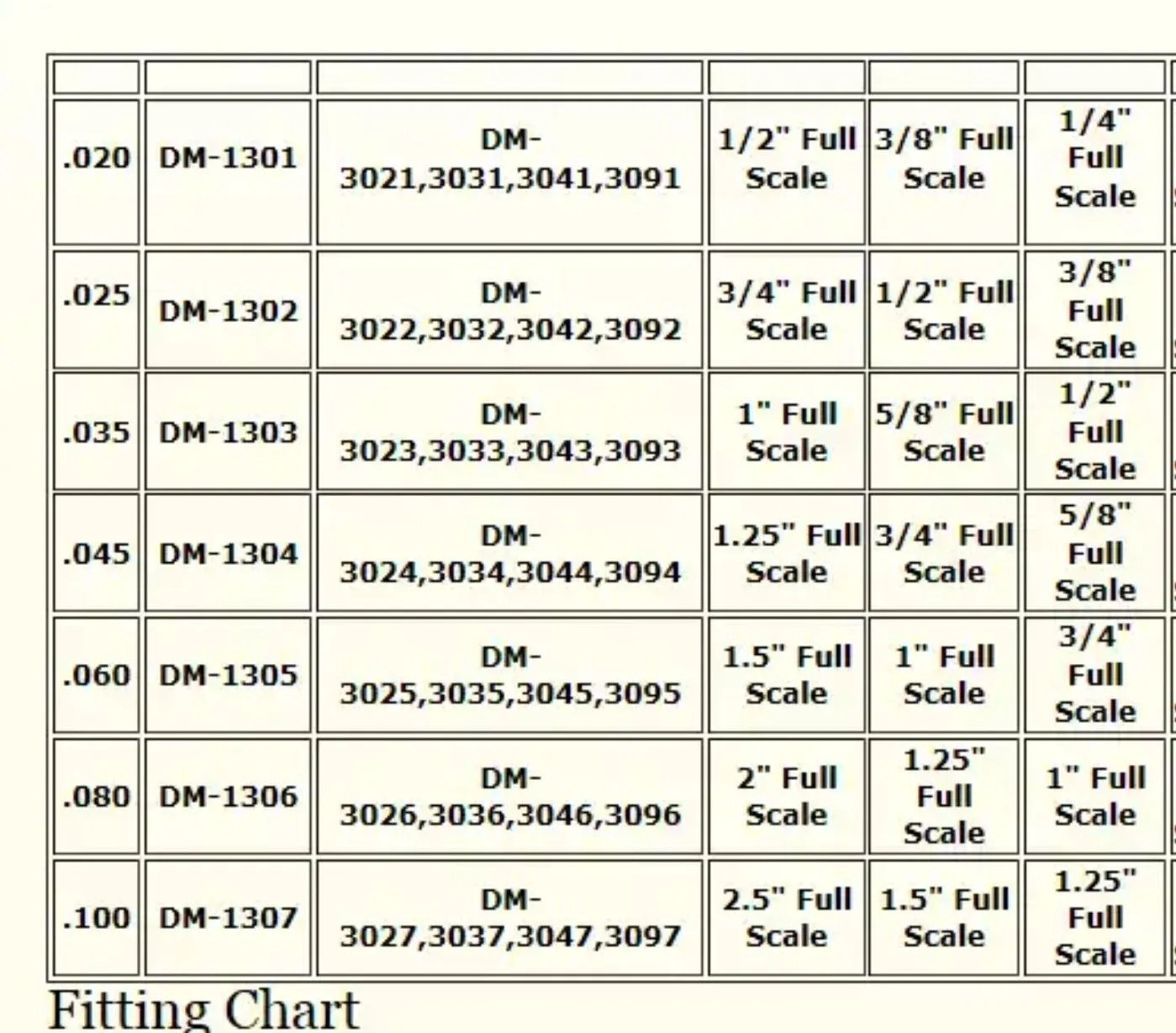
Collecting diecast models allows collectors to appreciate the intricate detail and craftsmanship of these miniatures. The precision of the models, from paint finishes to interior features, is often remarkable. The level of detail reflects the skill and dedication of the manufacturers, making each model a work of art. Examining the minute details helps collectors develop a deeper appreciation for automotive design and engineering. The tactile experience of handling these models further enhances the appreciation, making collecting a truly engaging and rewarding hobby.
Building a Collection
Collecting diecast models provides the opportunity to build a personal collection of vehicles. Collectors can choose models based on their preferences, interests, or historical significance. Building a collection can become a long-term goal and source of immense satisfaction. The process of acquiring and curating a collection provides a sense of accomplishment. The collection can reflect an individual’s personality and can be passed down through generations. This provides collectors with a unique way to connect with their passion and history.
Displaying Your Models
Displaying diecast models is a great way to showcase the collection and add a decorative element to any space. Collectors can arrange their models in various ways, creating visually appealing arrangements that reflect their personal style. Displaying the models in display cases or shelves protects them and adds to their appeal. It is possible to create themes or categories, such as vintage cars, racing cars, or specific car brands, to create an interesting visual presentation. Displaying diecast models transforms a collection into a focal point, allowing enthusiasts to express their love for cars and share their passion with others.
Collecting and Investing
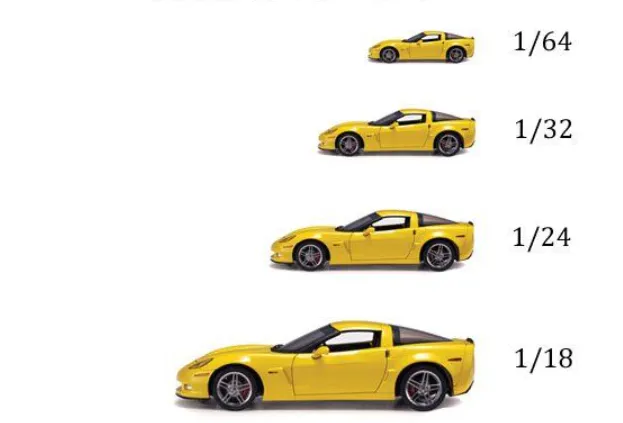
Collecting diecast models can be a form of investment. The value of certain models appreciates over time, especially limited edition or rare pieces. The collecting of models allows enthusiasts to participate in a market with the potential for financial returns. The value of models is influenced by factors such as rarity, condition, and historical significance. Enthusiasts can research the market and carefully select models to increase their collection’s investment potential. Collecting and investing in diecast models is a rewarding hobby that combines passion, appreciation, and the possibility of financial gains.
